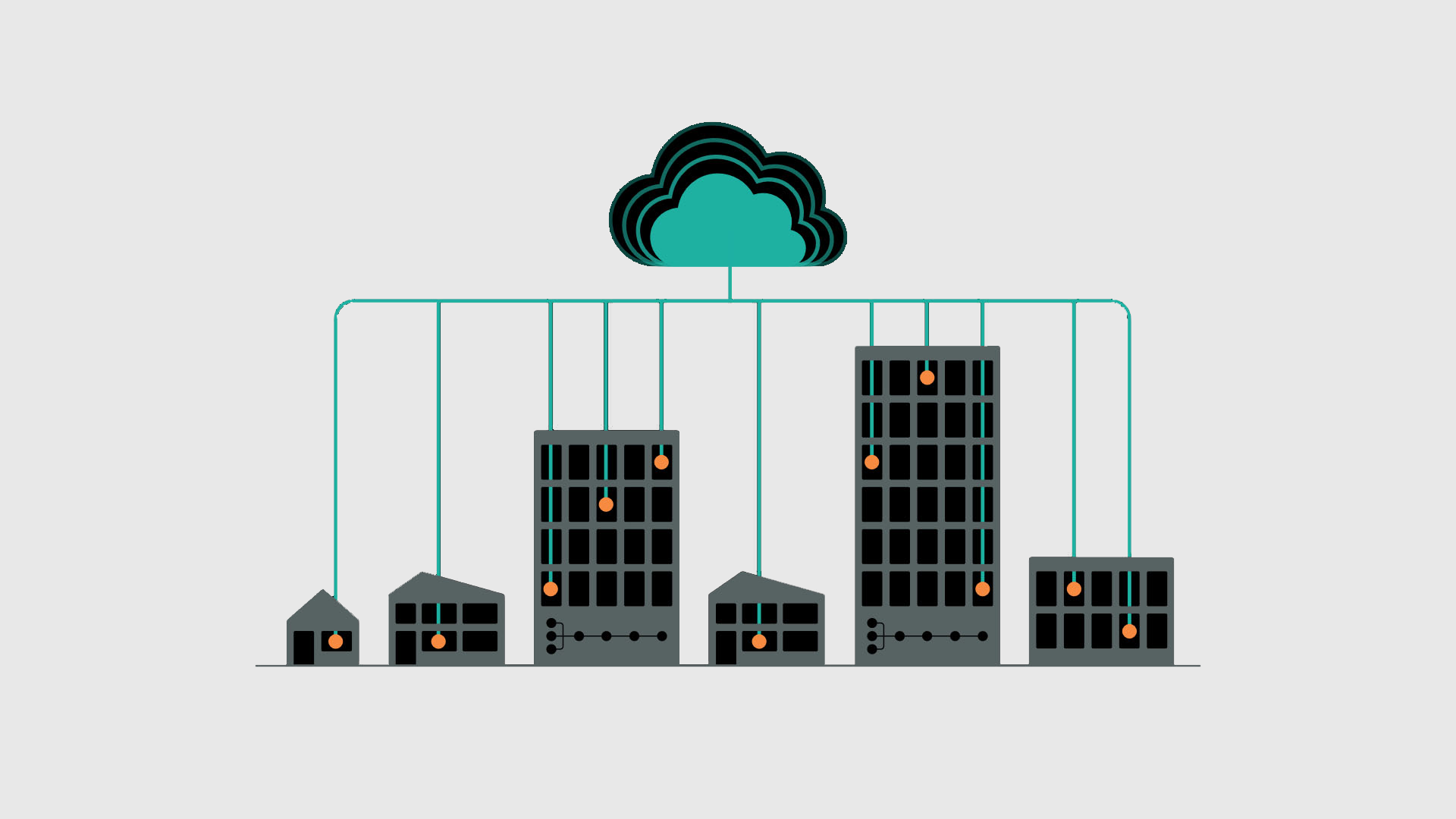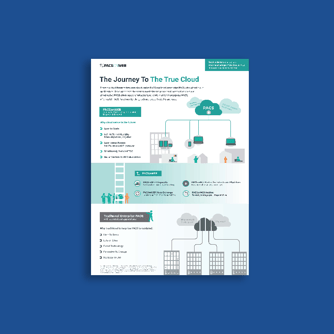
What is the difference between traditional enterprises in a cloud environment and cloud native software? Why is this important for medical imaging?
Consumer and enterprise software has undergone a significant evolution over the past five years. Many industries have reached a point where Software as a Service (SaaS) has imperceptibly become the norm. The use of Microsoft Office products, for example, has silently morphed into Microsoft 365, which is offered as a service. At home, we use a whole range of Google, Apple and other software products – all delivered as a service, most of them subscription-based.
In healthcare we are also seeing the transition to SaaS solutions. New applications such as AI (Artificial Intelligence) are often already cloud native by default. The semantics of "native" here indicates being developed in the cloud from the outset. For EHRs (Electronic Health Records) and also PACS (Picture Archiving and Communication Systems), which are so critical and complex, the transition to that (native) cloud is very slow. This inertia can largely be attributed to two main causes:
![]() The established PACS vendors have feature-rich legacy systems, which are based on relatively older technology that was never designed for the cloud.
The established PACS vendors have feature-rich legacy systems, which are based on relatively older technology that was never designed for the cloud.
![]() The suspicion of end users regarding security, availability and response time of cloud native software. Indeed, many healthcare institutions imagine a SaaS solution as slow and unreliable. There is a perception that an application running in a public cloud is going to make the system slower and less reliable. In reality, nothing could be further from the truth: SaaS often proves to be better, more efficient and more secure than privately-managed data centers.
The suspicion of end users regarding security, availability and response time of cloud native software. Indeed, many healthcare institutions imagine a SaaS solution as slow and unreliable. There is a perception that an application running in a public cloud is going to make the system slower and less reliable. In reality, nothing could be further from the truth: SaaS often proves to be better, more efficient and more secure than privately-managed data centers.
As expectations and experiences with SaaS continue to evolve, it is clear that the days of healthcare institutions making significant investments in acquiring and managing local soft- and hardware are numbered. Enterprise application users expect to pay for software on a usage basis. They expect to have access to the latest features as soon as they become available, and they expect software performance to automatically adapt to ever-changing requirements. Meeting these needs requires cloud native development and born-in-the-cloud software solutions that enable automatic scalability, continuous product innovation, easy extensibility, and intuitive configurability.
One might assume that designing a SaaS-based PACS is as simple as installing a traditional PACS in a data center, and then encasing it with some public services. But to really understand the benefits of a cloud native PACS, we need to look a little deeper, as there are a lot of differences between the two architectures. This table shows an overview:
Cloud Native vs. Traditional Enterprise Applications (in a cloud environment)
|
Traditional Enterprise Solutions |
Cloud native |
Consequence for Medical Imaging with Cloud Native PACS |
|
Operating System (OS) dependent – each system has certain OS specifications and underlying hardware requirements. They often lag behind the latest technologies, operating systems, etc. |
OS independent – this can work within different (cloud) environments and technologies making it more easily extensible and portable and making the software components reusable (and therefore future proof). |
The hospital has no dependency with respect to an OS or certain (older) technology as well as the need for OS updates, anti-virus, patches, etc. |
|
Always overcapacity – there is always overpayment and overinvestment. |
Always the right capacity. |
Truly Software as a Service. Not just on paper, but in practice. Cost-effective. |
|
Silos and "over the wall" transfer: Each tenant – customer – is a silo and must share resources and data in a traditional way with other tenants; two customers are two different installations in the data center. |
Collaborative: Customers have their own repository but can easily share resources and data with the right agreements without (data) transfers or complex integrations. |
Hospitals and radiologists can easily collaborate while everyone keeps their own system and workflow. Integrations (with AI, eHealth) can also be easily shared. |
|
Waterfall development and major upgrades. |
Continuous improvement and updates without interruption. |
Each hospital is always on the latest version without the known PACS upgrades. |
|
Manual scaling. |
Automated scalability. |
This further extends OS independence, work flexibility, scalability, etc. |
|
Often (partly) fat-client software. |
Fully web-based software. |
This further extends OS independence, work flexibility, scalability, etc. |
|
Book a 15-minute call with a PACSonWEB application specialist
|



